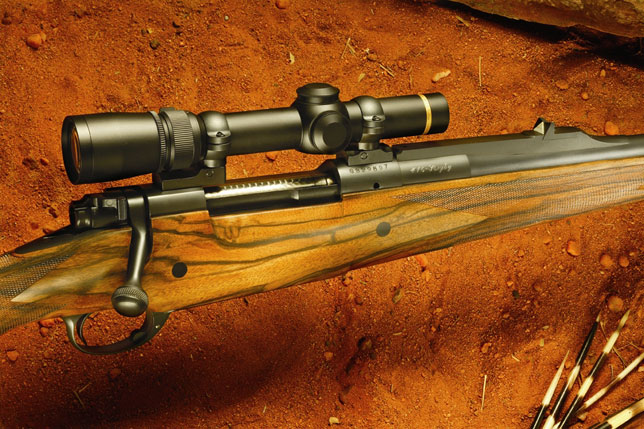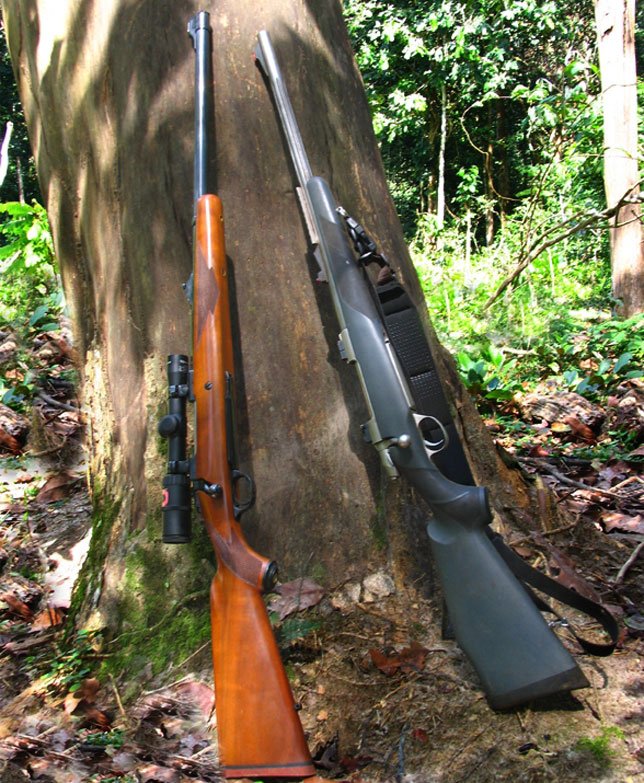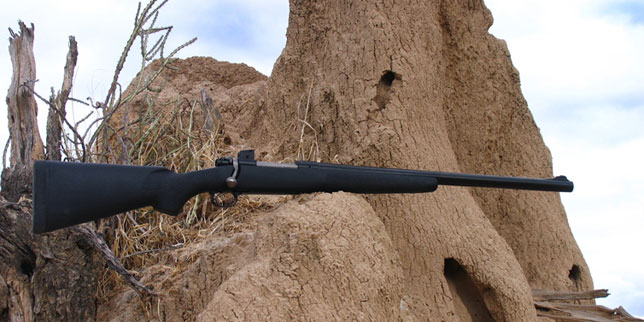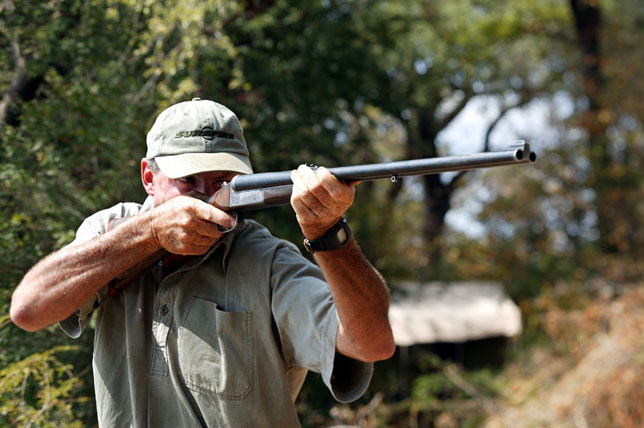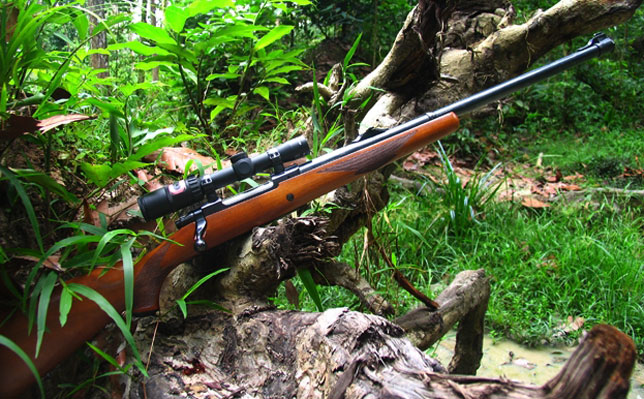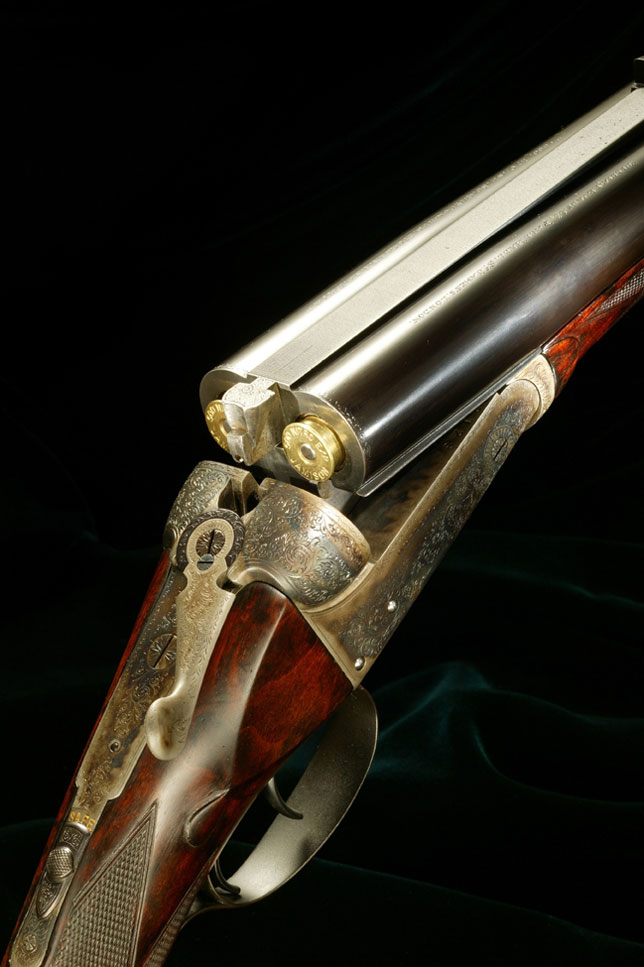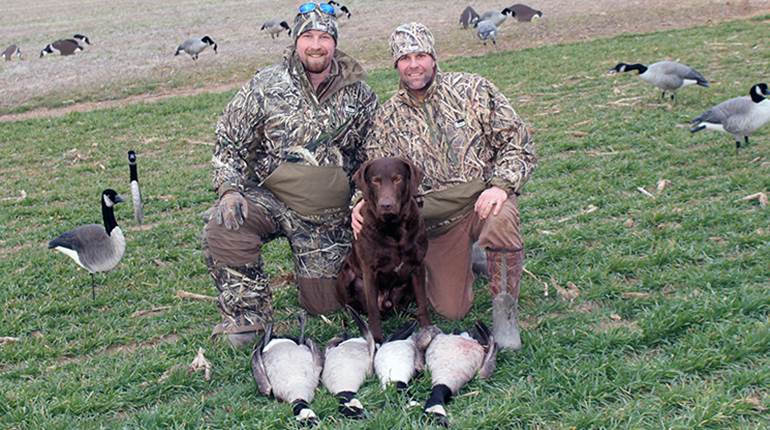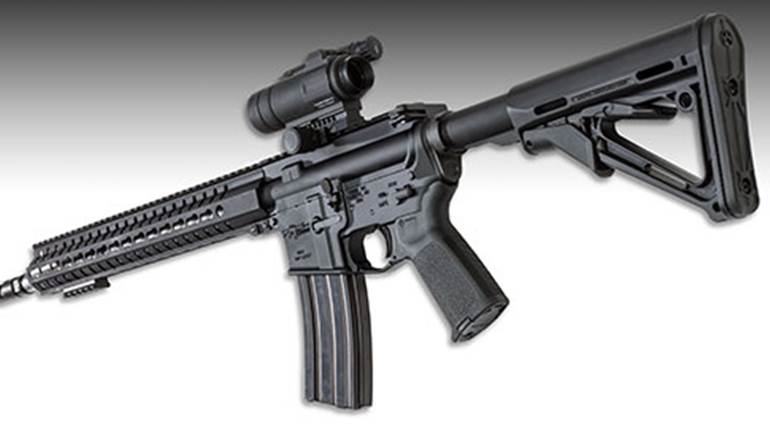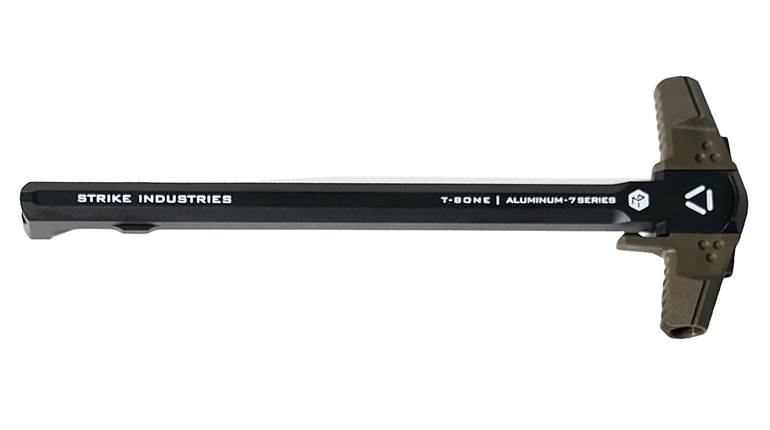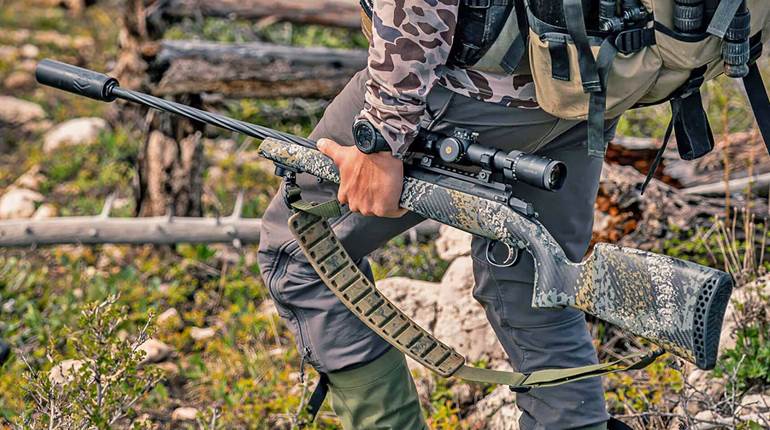I fondly refer to my William Evans .500 Nitro Express as "The Old Girl" because she was made in 1919, which is definitely old. Even though a gun is a manly thing, I feel so attached to this rifle that I can't think of her in masculine terms. No, a great old rifle, like a great old battleship, is feminine. I sent The Old Girl to a wonderful gunsmith named Nick Tooth who spent 17 years at the benches of none other than James Purdey & Sons before moving to America. Nick restored The Old Girl to her original glory, complete with retracing the original engraving, re-color case hardening the receiver and refitting the barrels. The stock was partially restored, minimizing rather than removing old scratches and knocks. A great old gun like this needs to keep at least a hint of her well-earned scars, after all. Nick recut the checkering, which had been virtually worn smooth by handling over the years. Lovely, isn't she?

